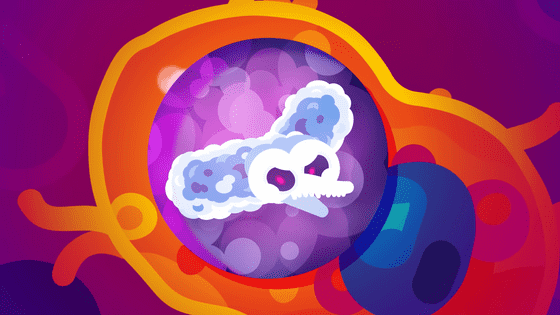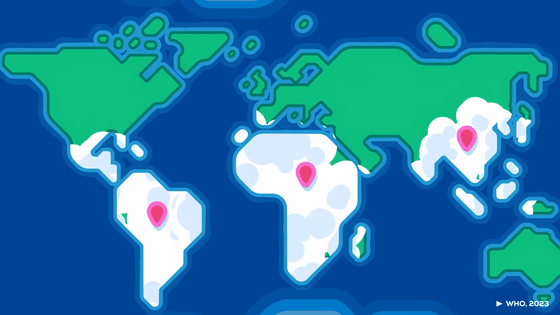What is the cause of the spread of tuberculosis, an infectious disease that has plagued humanity for many years?

This Disease is Deadlier than the Plague - YouTube
Even today, with advances in medical technology, tuberculosis remains the leading cause of death from infectious diseases. In 1815, one in four people in the UK died from tuberculosis, and it is reported that over the past 200 years, approximately one billion people have died from tuberculosis.

According to Kurzgesagt, one in four people alive today is infected with

This is because the tuberculosis bacteria is highly contagious and perfectly adapted to the human immune system.

The bacteria usually enter the body through the airways and live in the lungs.

The lungs are protected by billions of macrophages, which ingest and kill bacteria, including tuberculosis bacteria, while keeping them alive.

But this is the strategy of Mycobacterium tuberculosis: macrophages trap bacteria they find in

The tuberculosis bacteria then captures macrophages and remodels them to become their host.

The TB bacteria then multiply at a rate that is 60 times slower than other microorganisms that cause human disease, allowing them to multiply slowly in the body without being detected by the immune system.

Symptoms do not appear immediately after infection with tuberculosis bacteria. However, if the body's immune system is no longer able to suppress the infection,

As a result, the body's immune system goes into a panic and attacks the infected area.

As a result of attacking tuberculosis bacteria and other pathogens in an attempt to wipe them out, symptoms such as pneumonia, difficulty breathing, vomiting blood, and high fever appear.

Even if you receive treatment at a medical institution, the symptoms of tuberculosis will last for a few weeks to a few months, and if treatment is inadequate, it will gradually eat away at your body over a period of months or even decades.

In tuberculosis patients, fatal damage eventually destroys lung function and leads to death. In fact, it is estimated that 1.3 million people worldwide will die from tuberculosis in 2023 alone.

The scary thing about tuberculosis is its contagiousness. It is said that one patient infects about two to three people with

Most of the infections are thought to be transmitted through droplets from coughing and sneezing.

Tuberculosis often spreads in crowded or poorly ventilated homes and workplaces, and during the Industrial Revolution, poor urban conditions led to the widespread spread of tuberculosis.

Today, it is possible to cure tuberculosis completely with four antibiotics taken over a four-month period.

These drugs were developed between 1940 and 1965, but they were never successfully distributed worldwide. Even today, two-thirds of all tuberculosis patients live in countries such as India, China, Indonesia, and Pakistan.

Furthermore, like climate change, TB is a slow-growing problem that has been ignored rather than aggressively combated, and as a result, the TB bacteria has become resistant to antibiotics in recent years.

Despite this, few new drugs have been developed for tuberculosis since 1965.

'If we can get more people to know about tuberculosis and get them interested in it, we can eradicate it from the planet,' Kurzgesagt argues.

Related Posts:







